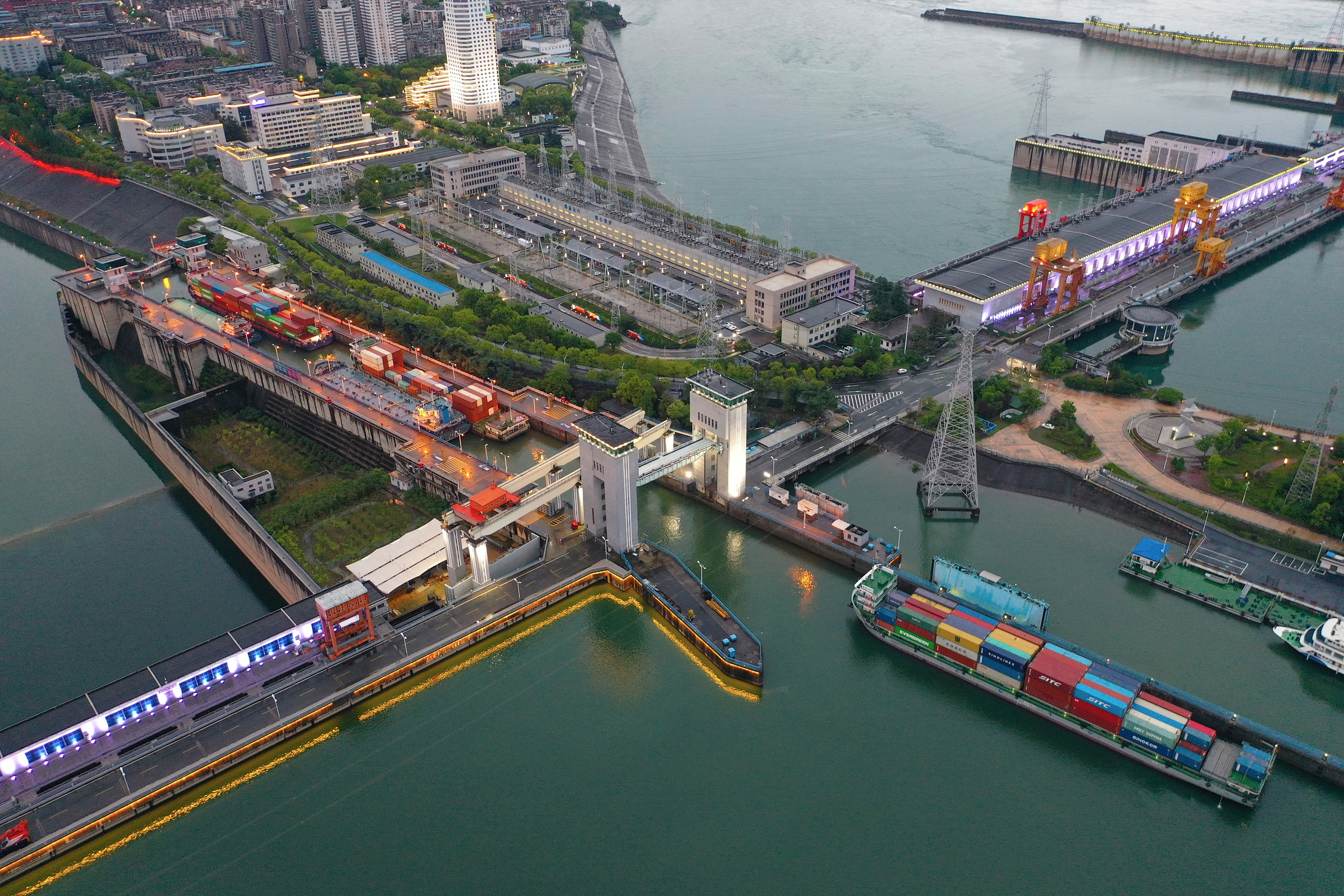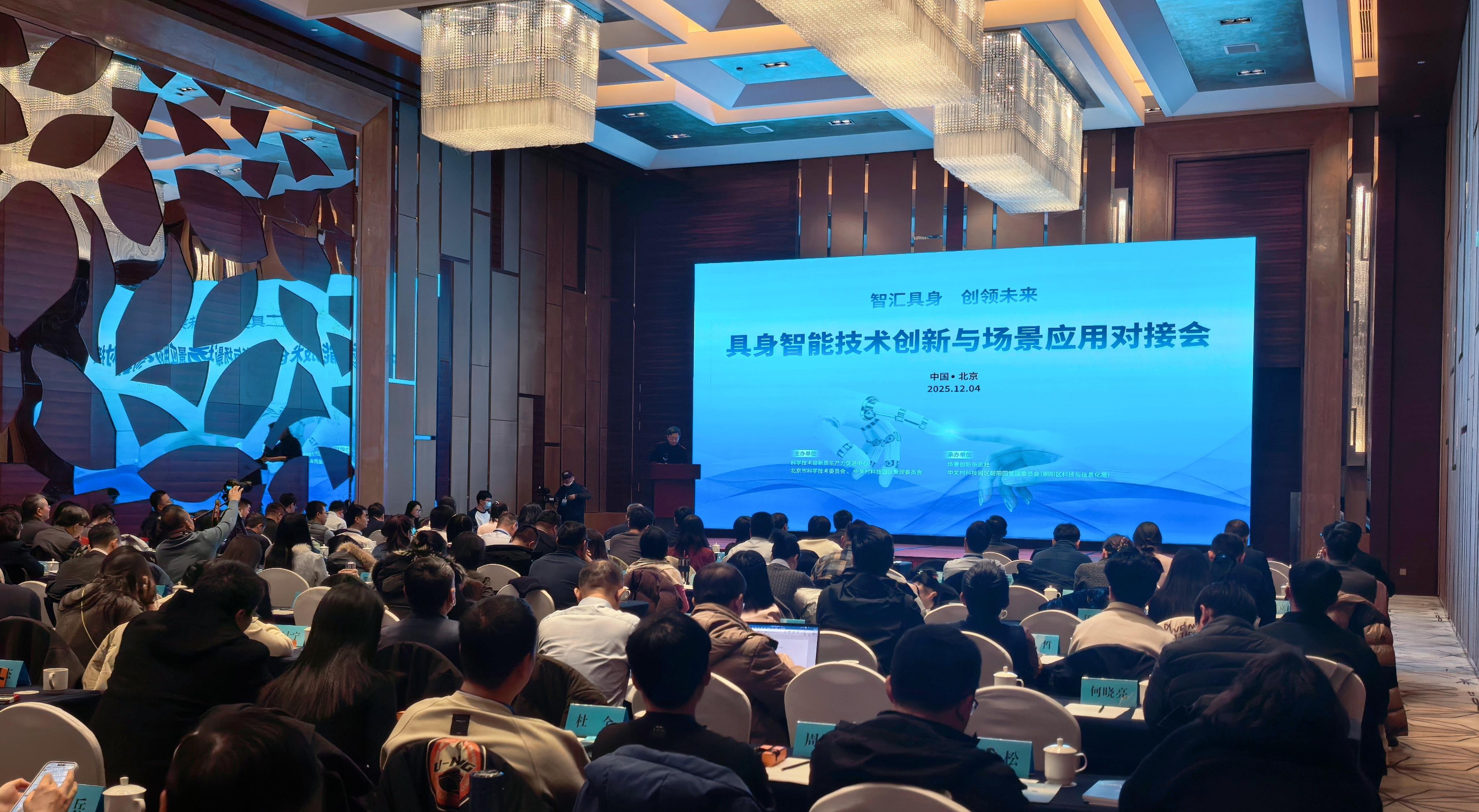World's First Double-Stage Ship Lock
By ZONG Shihan

At the Gezhouba Dam in Yichang city, Hubei province, container ships wait for passing through the lock in an orderly manner to the middle and lower reaches of the Yangtze River. (PHOTO: VCG)
In Dream Pool Essays, Shen Kuo(1031-1095) documented the construction of the double-stage ship lock in Zhenzhou (now Yizheng city, Jiangsu province) during the Northern Song Dynasty (960-1127). This confirms that the Zhenzhou Double-stage Ship Lock is the earliest of its kind in the world, predating European counterparts by approximately 400 years.
Prior to the construction of the double-stage ship lock, ships had to unload their cargo and manually transport it across a dam, leading to significant delays, especially during the dry season when tides were low.
The double-stage ship lock revolutionized canal navigation by solving water level differences and increasing load capacity. It consists of two gates at significant drops in the river, controlling water flow.
When ships sail upstream, the downstream gate closes and the upstream gate opens gradually, raising the ship in the lock to match the level of the upstream water. Conversely, when ships travel downstream, the upstream gate closes and the downstream gate opens gradually to let ships pass.
The Zhenzhou Double-Stage Ship Lock features a unique design and robust structure. Both inner and outer gates were constructed using sturdy squared stone, reinforced by embankments to withstand water waves. The outer gate balanced water levels between the canal and the Yangtze River, while the inner gate ensures a seamless connection with the canal as water levels rise. A water reservoir was also constructed nearby to supplement water sources and enhance functionality.
This double-stage ship lock technology continues to be employed in modern water conservancy projects like the Gezhouba Dam, the first dam on the Yangzi River.







